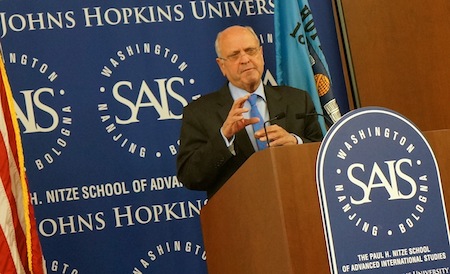
New Zealand prime minister John Key opened the door to a national referendum later this year on changing the country’s flag, which would end a longstanding debate over whether it too closely resembles Australia’s flag.
That’s not a joke.
Key (pictured above, hoisting the Australian flag) suggested the referendum might be held at the same time as parliamentary elections in the island country of 4.4 million, and it’s an idea that proves relatively popular among Kiwis:
The idea has gained support from former Governor-General Dame Catherine Tizzard. “Our flag and the Australian flag is so often confused for one another and the symbolism of our flag is a bit out-dated,” she says.
While Phoenix and All Whites Footballer Ben Sigmund agrees the trans-Tasman flags are too alike. “Our flag is too much like the Australian flag so John Key I think you should change it mate.”
Here’s the Australian flag:
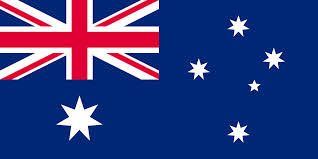
Here’s the current New Zealand flag:
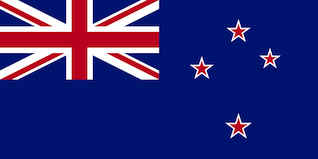
Critics may have a point. Canadian officials made a famous protocol faux pas in 1984 when former Australian prime minister Bob Hawke was met New Zealand flag instead of the Australian.
Both share in common the Union Jack in the upper left quadrant, a nod to their status as former British colonies, members of the Commonwealth and countries that have retained the British monarch — Queen Elizabeth II is the queen of Australia and the queen of New Zealand, too, though both countries have a governor-general that acts as the head of state when the British monarch isn’t in town. Both share a blue ensign (Pantone 280C for color nerds) as the background to their flags.
Both flags also reference the four main stars in the Southern Cross constellation visible in the southern hemisphere, though the Australian version includes a fifth star that shines less brightly and a sixth star below the Union Jack, the seven-pointed ‘Commonwealth’ star — six points represent Australia’s six states and the last point represents the territories.
The current New Zealand flag replaced the British Union Jack in 1902.
As anticipated by Key, any referendum would present a choice between the current flag and another alternative put forward by the government. One option that Key has mooted is the ‘silver fern’ flag — the silver fern, an unofficial symbol of New Zealand that dates back to the country’s military insignia during the South African War, adorns the one-dollar coin and the coat of arms:

A new flag might also reference the Māori, the indigenous Polynesian people in New Zealand, a group that today represents 14.6% of the country’s population and has mobilized to develop increasing political power. Hone Harawira, the leader of the Māori Party, would support a new flag, but would prefer that it include the motif of the current Māori flag:
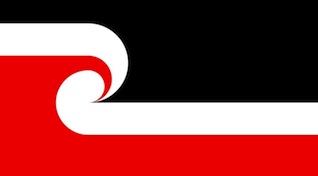
Taken together, the desire to differentiate New Zealand’s flag from Australia’s, the inclusion of the silver fern, the push to remove the Union Jack, and the push for Māori representation on the flag opens an unlimited number of potential choices:
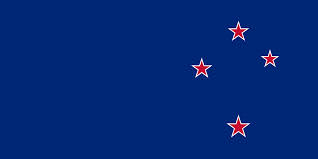
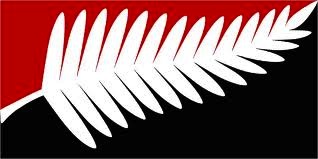
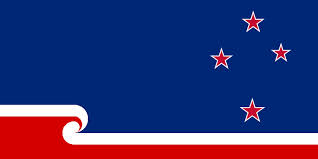
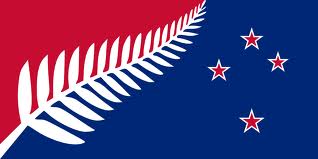
Proponents of the current flag point to tradition and to the country’s common cause with the United Kingdom:
John Banks, leader of New Zealand’s ACT party said: “No. Men fought under that flag and sacrificed their lives in many war campaigns. “I’m a bit old-fashioned, I don’t want the name of the country changed, or the flag, or God Save the Queen.”
Key leads the center-right New Zealand National Party, and he must call elections before November 2014. He’ll be looking to win a third consecutive term in office. Since coming to power in 2008, Key’s administration has raised the goods and services tax, privatized some public sector assets, responded to a major earthquake in Christchurch (New Zealand’s second-most populous city), enacted the Wellington Agreement to provide greater defense cooperation with the United States and propelled the Trans-Pacific Partnership among the United States, several Asian countries and several Latin American countries.
Key doesn’t advocate New Zealand’s transition from a constitutional monarchy to a republic, unlike Russel Norman, the co-leader of the Green Party, which hold 14 seats in the 120-member House of Representatives.
Key’s party controls 59 seats, and his government commands the support of 64 members, including independent and small-party allies. The opposition New Zealand Labour Party controls just 34 seats. David Cunliffe, the former health and communications minister, won the party’s leadership last year, despite wider support among the parliamentary caucus for his opponent, Grant Robertson.
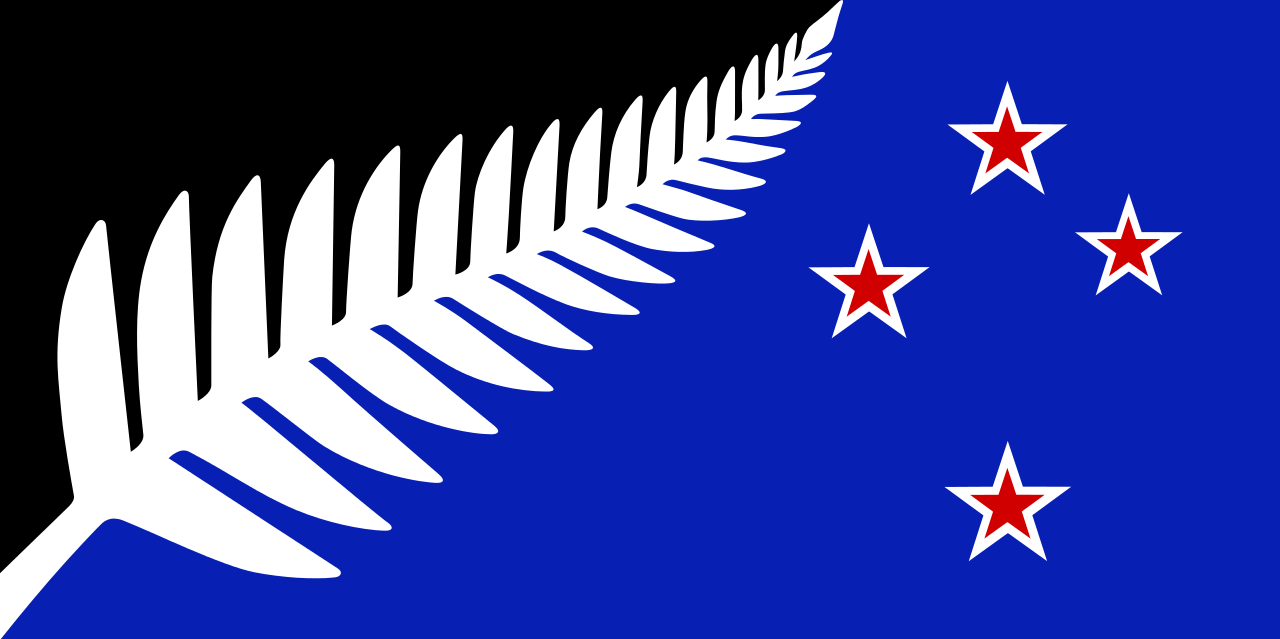
![]()

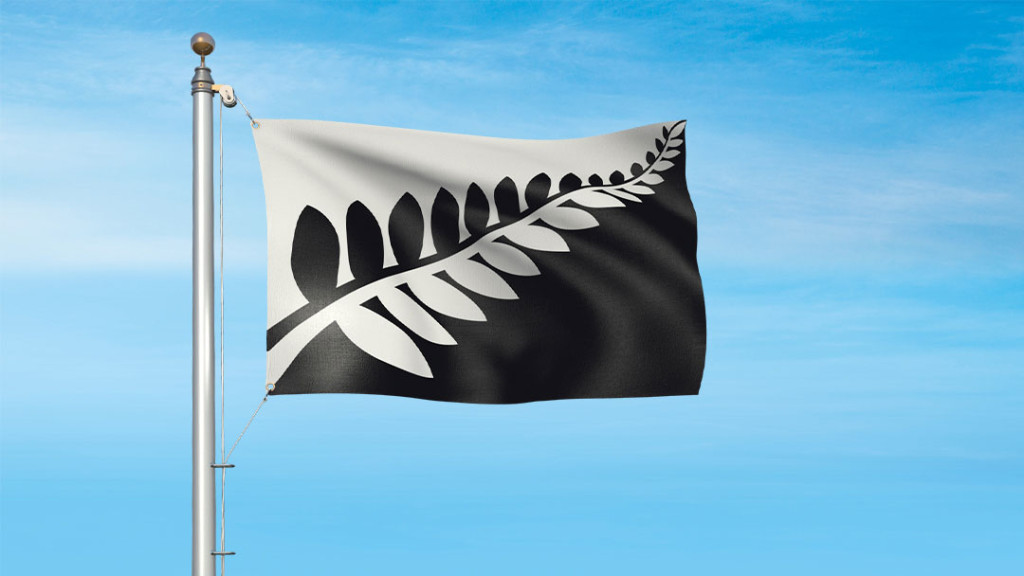

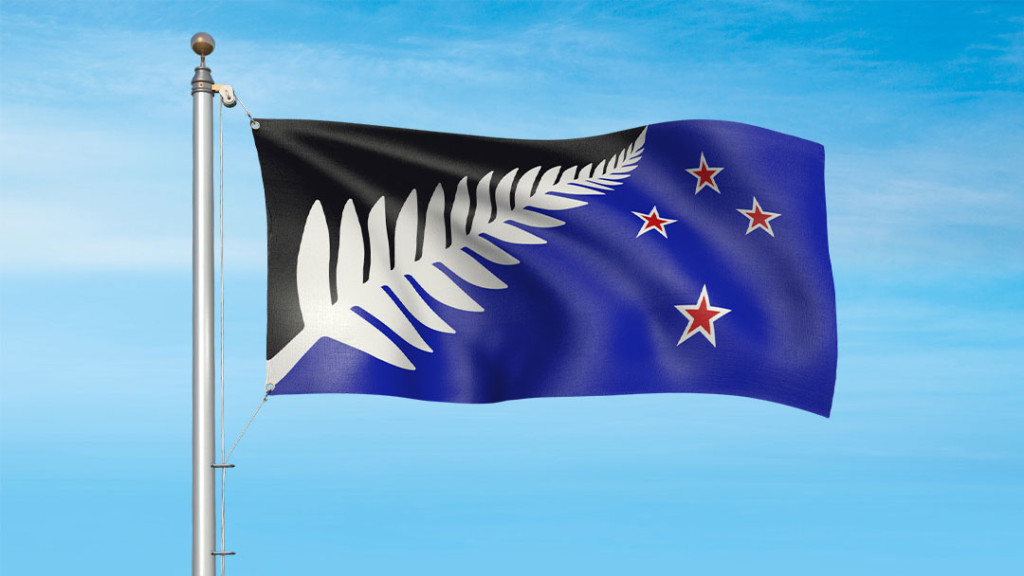
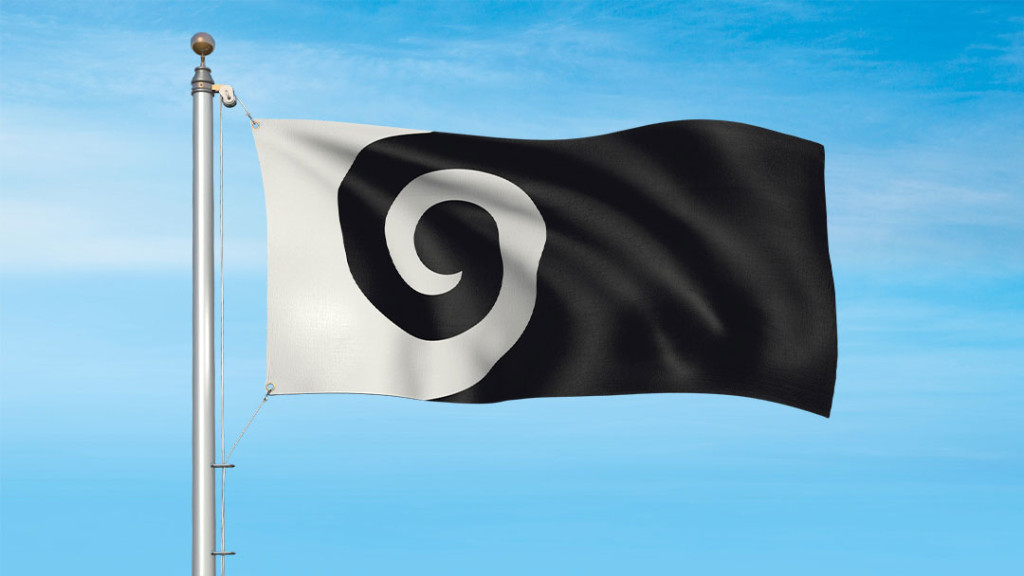
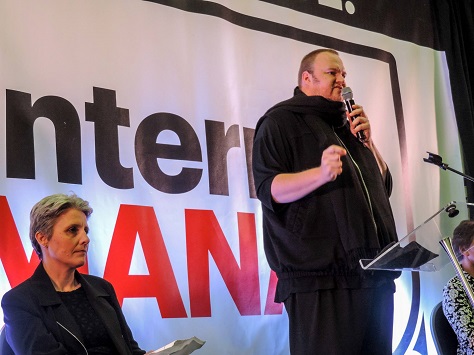
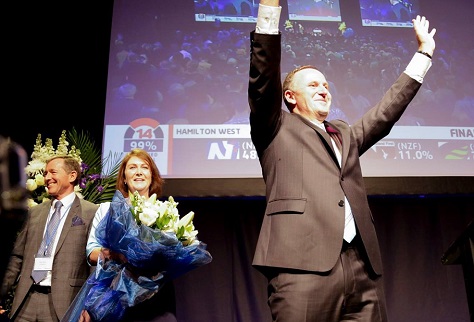
 Though the campaign featured more political scandal and innuendo about surveillance than policy discussion, Key has in two terms amassed a considerably solid record. In his first term, he helped to steady New Zealand’s economy in the depths of the global financial crisis, and he’s maintained generally solid GDP growth — around 2.5% in 2013 — in the face of a Chinese economic slowdown.
Though the campaign featured more political scandal and innuendo about surveillance than policy discussion, Key has in two terms amassed a considerably solid record. In his first term, he helped to steady New Zealand’s economy in the depths of the global financial crisis, and he’s maintained generally solid GDP growth — around 2.5% in 2013 — in the face of a Chinese economic slowdown.









